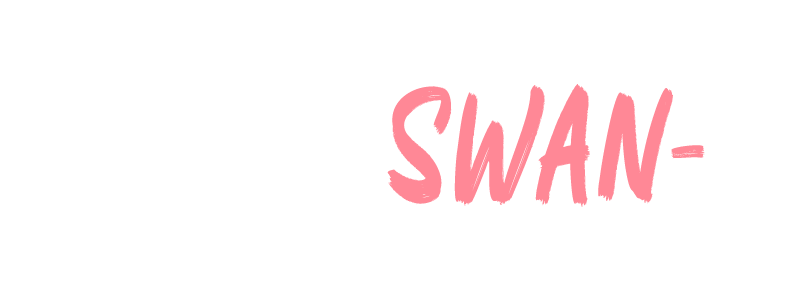The story of Thomas Erikson’s wealth is remarkably similar to that of many self-help writers who recognized that simplicity could be just as beneficial as complexity. A combination of book royalties, international speaking engagements, and consulting contracts with well-known companies make up his estimated five to ten million euro fortune. Because it was based on a single concept—color-coded personality types—that proved remarkably resilient across cultures and industries, this financial trajectory is especially inventive.
Erikson was born in Örnsköldsvik and initially focused on writing fiction. However, his life took a drastic turn in 2011 when he released Omgiven av Idioter (Surrounded by Idiots). Simplifying human behavior into four personality colors, which at the time might have seemed like a risk, turned out to be incredibly successful, appealing to readers who yearned for incredibly clear tools to decode communication. With translations into almost 70 languages and more than ten million copies later, the idea not only became a bestseller but also a brand unto itself.
Erikson’s wealth has significantly increased through corporate consulting, but his books alone still bring in a sizable sum of money. He regularly receives between €20,000 and €40,000 for his workshops and lectures from multinational corporations like Microsoft, Coca-Cola, and IKEA. He provides managers who desire quick results with techniques that feel incredibly effective by incorporating real-world examples into his sessions. He has broadened his market reach and established a reputation as a consultant who connects theory and practice through strategic alliances.
Table: Bio and Wealth Profile of Thomas Erikson
| Category | Details |
|---|---|
| Full Name | Thomas Lennart Joakim Erikson |
| Date of Birth | September 19, 1965 |
| Age | 59 |
| Place of Birth | Örnsköldsvik, Sweden |
| Occupation | Author, Behavioral Expert, Corporate Consultant, Public Speaker |
| Genres | Psychology, Self-Help, Leadership, Communication |
| Active Years | Since 2011 |
| Famous Work | Surrounded by Idiots (2014), translated into 70 languages |
| Books Sold | Over 10 million worldwide |
| Consulting Clients | IKEA, Microsoft, Coca-Cola, Volvo, KIA Motors |
| Estimated Wealth | Between €5 million and €10 million (approx. $5.4–$10.8 million) |
| Main Income Sources | Book sales, corporate seminars, keynote speeches, workshops |
| Social Media | Instagram (@thomaseriksonwriter) with 50k+ followers |
| Reference | Penguin Books – Thomas Erikson |

The first title was only the beginning of the “Surrounded” series. Surrounded by Setbacks, Surrounded by Psychopaths, and Surrounded by Bad Bosses all served to strengthen his brand. This approach to simplifying a fundamental concept into several viewpoints is similar to how Brené Brown and Malcolm Gladwell broadened their audience and made sure their influence persisted. Because it enables audiences to apply the same framework to various life challenges, Erikson’s method has proven especially advantageous in maintaining high engagement levels and gradually growing his wealth.
His framework is criticized for oversimplifying psychology and for lacking scholarly research support. However, it is precisely because of this simplification that his books have been so widely available. Readers who are overloaded with scientific jargon these days are looking for easily readable material that seems useful. Erikson has been a very dependable voice for people looking for direction without the burden of technical jargon because his model has been so adaptable in bridging that gap. His business success is a reflection of society’s desire for clarity, so the criticism only serves to emphasize how successful his strategy is.
His ascent places him in the company of other self-help leaders who built empires out of ideas. Simon Sinek condensed purpose into a business motto, while Tony Robbins turned motivational speaking into a worldwide brand. Erikson used communication to forge his own route. Although each author in this genre contributes something unique, Erikson’s use of color-coded simplicity is especially creative and demonstrates that metaphors can be just as successful at creating wealth as texts with a lot of research.
His model’s financial success also indicates a change in the company’s priorities. In the last ten years, businesses have spent much less on strict management programs and more on communication-focused leadership development. In comparison to the cost of unresolved conflict, Erikson’s workshops are surprisingly effective at helping teams identify behavioral clashes before they escalate. This service feels surprisingly affordable to companies. As a result, his wealth is derived from both solving real-world business issues and book sales.
Erikson’s story has societal significance that goes beyond financial figures. Millions of readers have started using his terminology in everyday speech, referring to themselves as “reds” or “yellows.” This cultural penetration demonstrates how concepts, once oversimplified, can influence how people perceive interpersonal relationships. His books have revolutionized traditional teaching methods in the fields of leadership and education, making psychology accessible to people who would never open an academic journal. His ideas continue to spread because of their accessibility, which has a much faster cultural impact than academic work.
Erikson’s wealth should increase even more in the upcoming years as he converts his material to digital media. Interactive tools, streaming lectures, and online courses are all very flexible ways to expand his audience. By utilizing technology, he makes sure that his revenue streams are incredibly resilient, shielding his brand from shifts in the market. Digital learning platforms could soon increase his global presence, accelerating his wealth and influence, much like streaming services did for entertainers.

